About HBO Max’s Peacemaker
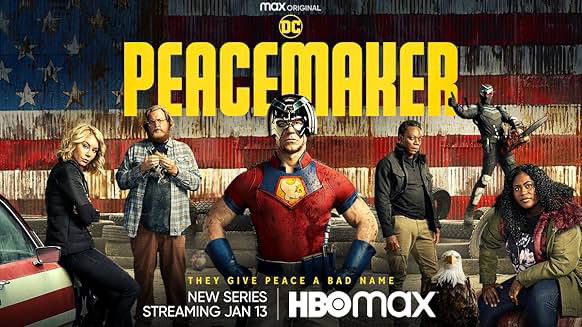
Peacemaker is an American TV series that premiered in 2022, set right after the events of the movie The Suicide Squad (2021). The second season was released in 2025, showing the direct fallout from the film Superman (2025) within the new DCU timeline.
It’s based on the DC Comics character Christopher Smith, also known as Peacemaker. Created and directed by James Gunn, the series is produced by Gunn along with Peter Safran, John Cena, and Matt Miller. The cast includes John Cena (Christopher Smith / Peacemaker), Danielle Brooks (Leota Adebayo), Freddie Stroma (Adrian Chase / Vigilante), Jennifer Holland (Emilia Harcourt), Steve Agee (John Economos), Robert Patrick (Auggie Smith / White Dragon), Chukwudi Iwuji (Clemson Murn), and Frank Grillo (Rick Flag Sr.).
Peacemaker has received widespread praise for several aspects, while others have faced criticism. Below, we break down some of its best moments, biggest misses, and interesting Easter eggs.
5 Hits in Peacemaker So Far
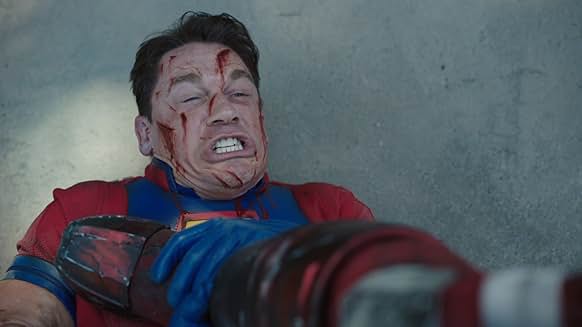
Chris Smith’s Character Development
The series delves deeply into a character who was just a supporting player in The Suicide Squad. He evolves into a complex antihero, full of trauma, humor, and a genuine desire for redemption.
John Cena’s casting is perfect. His performance combines his imposing physicality with unexpected humor and, most importantly, moments of real vulnerability and emotion.
Cena does more than play a super-soldier; he humanizes Christopher Smith by exposing his painful childhood and the damage caused by his abusive father, the White Dragon.
The actor embraces both the ridiculous and the serious sides of the role, revealing the childlike fragility beneath the tough exterior. The contrast between the muscular hero and the wounded son makes Peacemaker so engaging. Cena turns absurdity into humanity, making viewers root for his journey to become a true hero.
The Signature of James Gunn
The show carries James Gunn’s unmistakable touch, blending politically incorrect humor with sincere emotion. He skillfully balances absurdity and satire with heartfelt storytelling.
While we laugh at a pet eagle (Eagly) and a socially awkward psychopath like Vigilante, Gunn uses the narrative to explore the main character’s pain, his toxic relationship with his father, and his longing for acceptance.
This fusion of gory action, punk-rock comedy, and authentic drama makes Peacemaker far more layered than a typical superhero comedy.
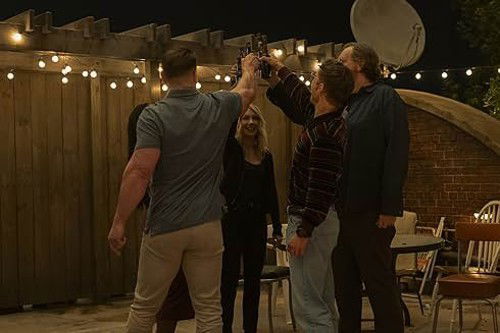
Supporting Cast and Team Dynamics
Characters like Vigilante, Harcourt, Economos, and Adebayo are well-written, each with clear development arcs and great chemistry with Peacemaker, forming the 11th Street Kids.
Harcourt and Economos grow into loyal allies after overcoming initial mistrust, while Adebayo has one of the most important storylines, serving as Chris’s moral compass and his direct link to Amanda Waller.
Adebayo becomes even more central in the second season, especially in Chris’s emotional growth. One particular scene in the season finale was even highlighted by James Gunn as one of the most touching moments of the series.
Addressing Sensitive Themes
Behind its humor and violence, the show deals with serious subjects like family trauma, isolation, loneliness, and the need for acceptance, giving the story surprising emotional depth. Balancing humor and pain, Gunn uses sharp wit not as a distraction but as a form of catharsis.
For example, Chris’s toxic relationship with his father, the White Dragon, isn’t handled superficially. It’s portrayed as the root of Peacemaker’s trauma and the reason behind his distorted views of peace.
By exploring the loneliness of a man hiding behind armor and catchphrases, the series reminds us that even the most absurd and violent characters are driven by deeply human vulnerabilities.
Peacemaker uses its superhero and sci-fi backdrop to deliver an unexpectedly emotional family and psychological drama where the real battle isn’t about saving the world but about healing oneself.
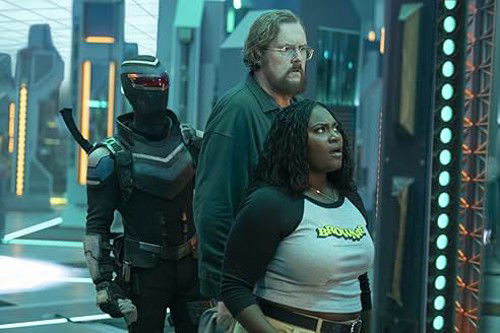
Opening Dance and Soundtrack
The show’s opening sequence is iconic, surprising, and hilarious, combining a perfectly awkward dance number with a hard rock and glam metal soundtrack from the 1980s that matches the show’s tone perfectly.
The first season featured Do Ya Wanna Taste It by Wig Wam, while the second used Oh Lord by Foxy Shazam.
The soundtrack as a whole is a love letter to classic hard rock and ’80s glam metal, a genre that Peacemaker himself loves. Gunn uses these tracks earnestly to enhance scenes of action, comedy, and introspection.
This choice not only defines the protagonist’s musical taste but also shows that the series doesn’t take itself too seriously, giving it the freedom to fully embrace its absurdity.
5 Mistakes in Peacemaker So Far
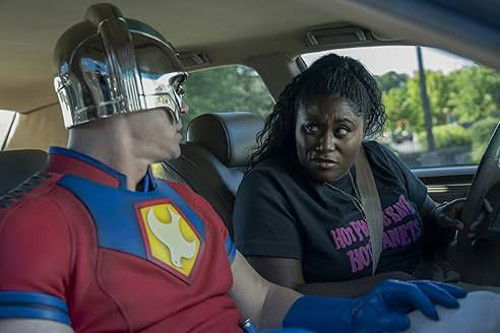
Inconsistent Pacing
At times, the main storyline moves a bit too slowly, with filler moments that include excessive dialogue or humor that disrupts the flow of action or drama.
This slower rhythm mostly comes from James Gunn’s intentional choice to focus on character development rather than a fast-moving plot. What some might call “dragging” is actually a series of long, absurd conversations, improvisations, and awkward social exchanges between the 11th Street Kids.
The Humor Doesn’t Always Land
While humor is one of the show’s greatest strengths, there are moments when the over-the-top comedy or certain jokes feel too silly, forced, or excessive, which weakens the emotional weight of the story.
Still, this exaggerated humor is intentional, as it reflects Peacemaker’s personality.
It mirrors the protagonist, a man with the emotional maturity of a traumatized teenager.
However, this comedic tone during intense dramatic moments can have the opposite effect. It was a risky creative choice by Gunn: when it works, it’s brilliant; when it doesn’t, it feels like fan-service humor that pulls viewers out of the story.
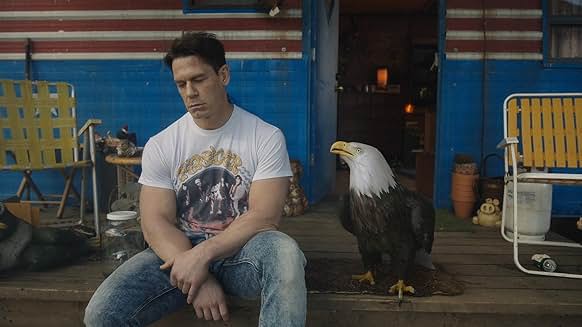
The Show’s Aesthetic and Tone
The show’s look and tone are heavily influenced by the “James Gunn formula,” which can sometimes lead to creative repetition, making the series feel more concerned with being “cool” and irreverent than with exploring something completely new.
For audiences familiar with Guardians of the Galaxy and The Suicide Squad, Peacemaker can at times feel like an extension of Gunn’s previous work rather than a story with its own distinct visual and narrative identity.
Elements like the retro rock soundtrack, irreverent humor, and the theme of outcasts forming a family are Gunn’s trademarks. However, for some fans, these recurring traits are starting to feel predictable and may frustrate those who prefer the more grounded tone of earlier DC films.
Too Many DC Universe Connections
While the first season focused on Chris Smith’s emotional recovery, the second season became a key piece of James Gunn’s new DCU, packed with references and direct links to Superman and other upcoming projects. This shift sacrifices some of the show’s independence and focus on Peacemaker’s personal story.
This direction reflects Gunn’s new role in shaping the future of the DC Universe. The heavy inclusion of shared-universe elements, like frequent mentions of Superman and appearances by characters such as Lex Luthor, takes screen time away from the 11th Street Kids and from a more personal conclusion to Chris’s emotional arc.
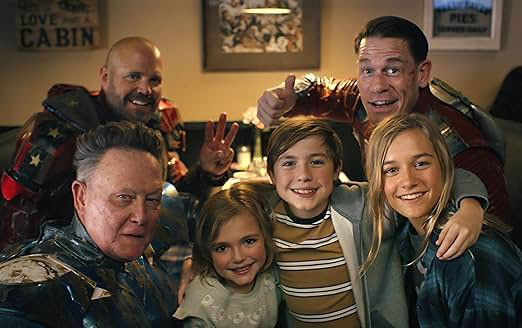
The A.R.G.U.S. Team Arc
The team is portrayed as less competent and more comedic than in the first season, with some characters coming across as foolish rather than as members of an elite task force. This weakens the sense of threat they are meant to convey.
This depiction of A.R.G.U.S. as a dysfunctional and often ridiculous agency fits Gunn’s satirical style. He uses their incompetence and absurdity to poke fun at government bureaucracy and the superhero mythos in general.
Even though many fans understand the satire, some may find it frustrating, especially those who miss the more serious tone of earlier DC stories.
Easter Eggs in Peacemaker
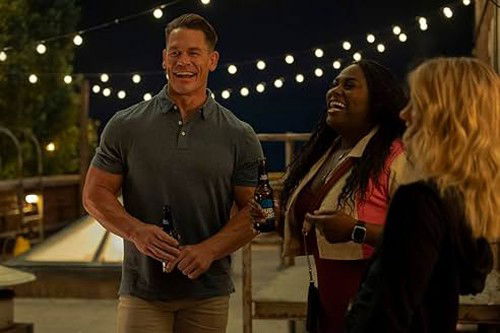
Bat-Mite
Mentioned by John Economos, Bat-Mite is an interdimensional imp and a die-hard Batman fan. His mention officially brings him into the DC Universe.
Sonic Helmet
The powerful weapon Peacemaker uses in the final episode of Season 1 comes straight from the comics, where he uses it to disarm terrorists.
Charlton County
The series takes place in Charlton County, a nod to Charlton Comics, the original publisher of characters like Peacemaker, Blue Beetle, and The Question before DC acquired them.
Eclipso
The DC villain Eclipso, the embodiment of the Spirit of Wrath, can be seen on a dartboard in Peacemaker’s house.
Aquaman and The Flash
The show includes several jokes and references to other Justice League members, such as Peacemaker’s insults toward Aquaman and The Flash. The second season even mentions the speedster and Central City, connecting it to the CW’s Arrowverse.
Big Belly Burger
The fast-food chain Big Belly Burger, a recurring location in Green Lantern comics and several Arrowverse shows, appears in the second season.
Terminator Reference
In the second season, Robert Patrick (who played the T-1000 in Terminator 2: Judgment Day) makes a reference to his iconic role during a chase scene with Peacemaker in a factory, humorously echoing his pursuit of the T-800 in the original film.
Conclusion
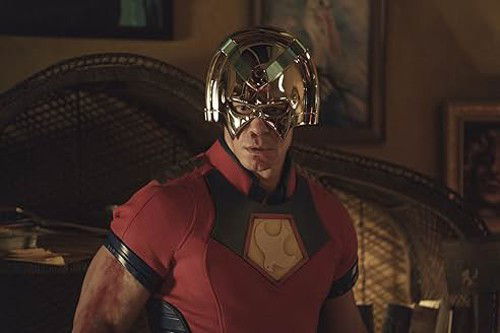
The series isn’t perfect, but it’s genuine. It achieves its goal of questioning what it really means to be a hero and a peacemaker in the 21st century, offering an emotional rollercoaster where, even when the jokes fall flat, Chris Smith’s journey to heal and find his true family resonates deeply, securing its place as a standout entry in the DC canon.
Peacemaker will surprise you, make you laugh, shock you, and, most importantly, make you care about a group of misfits. It’s a prime example of how DC can be funny, dark, and heartfelt all at once.
See you next time!









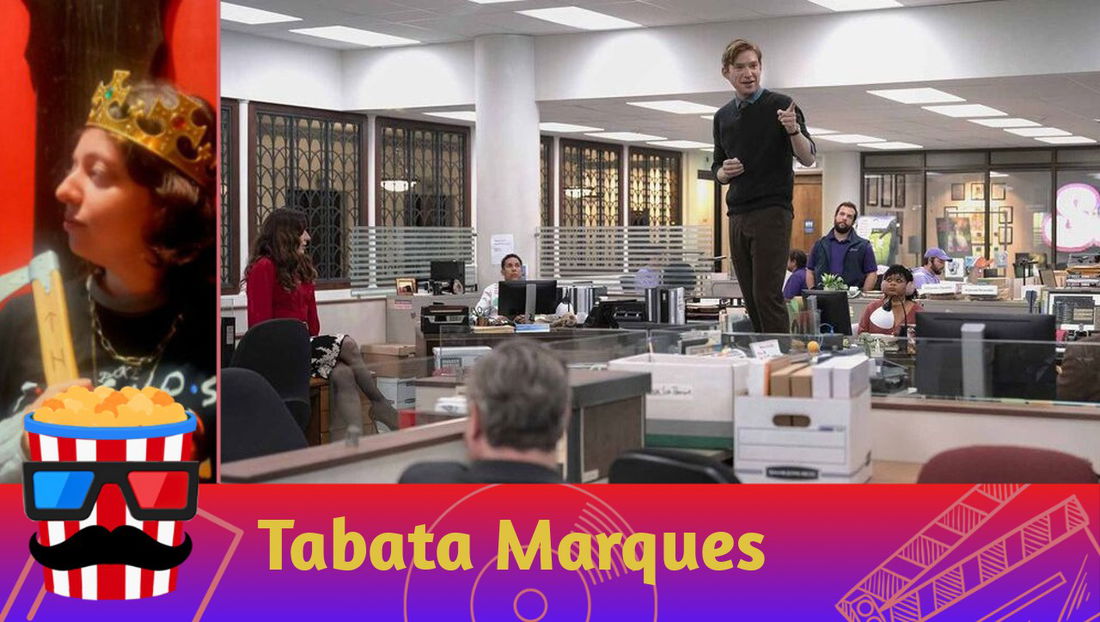



— Comentarios 0
, Reacciones 1
Se el primero en comentar